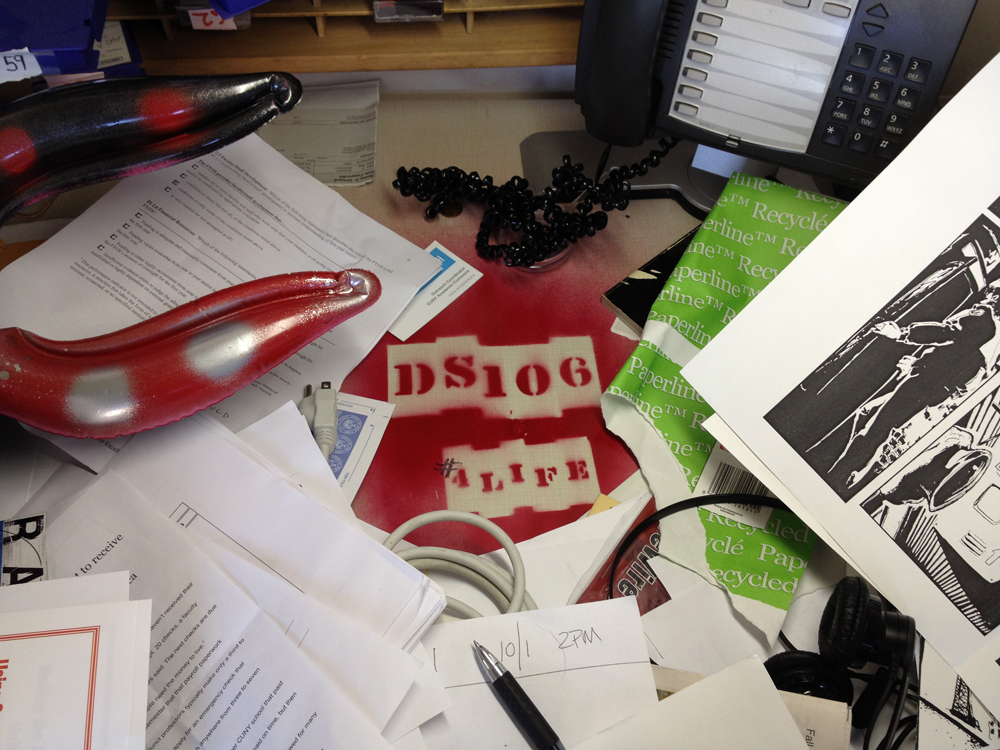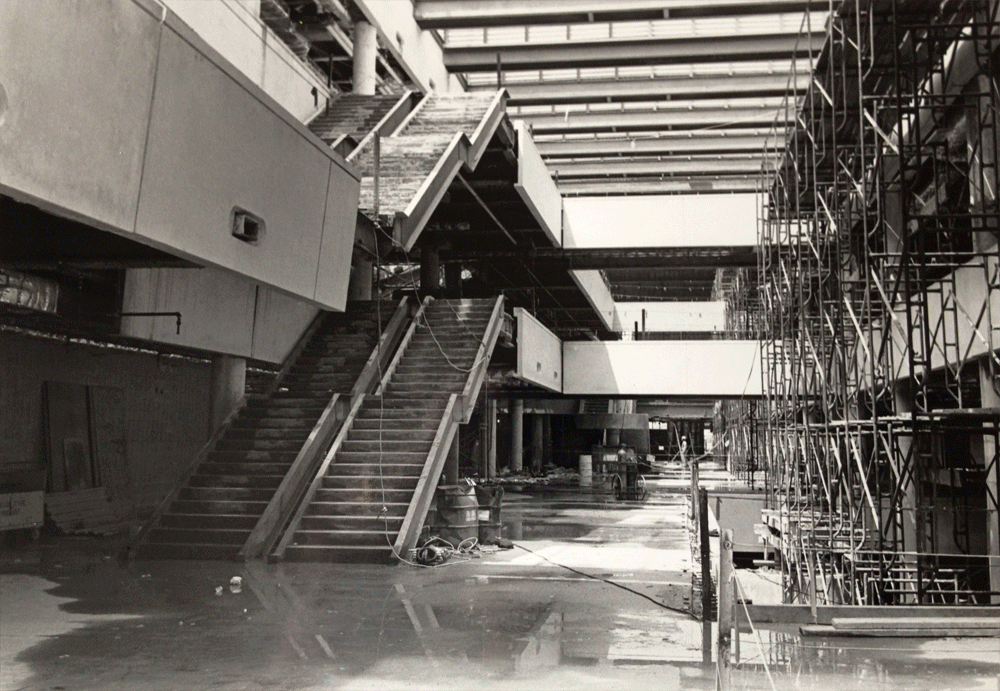Originally posted in my summer teaching with technology course, but it’s a new fat cat so I had to get it in the ds106 stream!

Today we are going to play with digital storytelling as a tool for teaching and learning. In one of Alan Levine’s talks about digital storytelling, he included a slide quoting Ruben Puentedura on the value of learning through stories :
One of the best ways to understand something is to create a story around it.
If you think about it, a traditional lecture is a storytelling technique that faculty are very, very comfortable with in the classroom. Sometimes they get crazy and even include presentation slides! and videos! But most faculty don’t ask students to create stories other than traditional papers, and the occasional presentation. And even less frequently do they expect you to focus on being a compelling storyteller. If that were the case, then faculty and students would need to spend much more time thinking about creative storytelling techniques in the context of presenting concepts and content. What would that mean? Less content coverage for the sake of developing richer engagement with an audience?
We’re going to look at the digital storytelling community ds106 for innovative storytelling ideas by looking through their collaboratively built assignment bank and the abundant examples of work made by community members.
The above image was made for one of the many ds106 assignments in the visual assignments category – Fat Cats Make Better Art. Here’s the description of what to do:
Using this site: http://fatcatart.ru/category/klassy-ka/ as a platform for ideas, and using Photoshop (or something like it) as your tool, place a fat cat into a photo of a classic art piece. The goal is to make it convincing: make the art become on with the cat.
Most of all, enjoy! :0) And remember, fat cats make art better.
I chose to modify the painting ?Madonna in Glory with Seraphim by Botticelli with a picture of my cat Peter. So you might call this Madonna in Glory with Peter the Cat. I used Photoshop to do my layering and editing of the two images.
But what’s the point of the assignment, other than hopefully to get a laugh out of an art history lolcat. There’s definitely a lot of digital image manipulation skills learned in the process of creating the image, that’s fairly obvious. And if it’s your first time playing with photo editing/manipulation tools then that’s a big deal.
Less obvious though is the study of the details of the painting that happens while trying to place your cat compellingly and convincingly. In photo editing applications it’s really easy to zoom in and focus on the details of the image while editing. Here’s an example:

I started to notice the expressions of the cerubs which were definitely not smiling despite that they are in the presence of a mother holding her heathy baby, normally a celebratory event. So why the sadness and expressions of concern? Because it’s the baby Jesus, and being little angels, they know he’s going to have to be killed. And now that my cat is in that position, have I predestined his furry future?
So the ds106 assignments are lots of fun and obviously encourage the use of digital tools, but there’s a method to meme madness – fostering understanding through storytelling.








